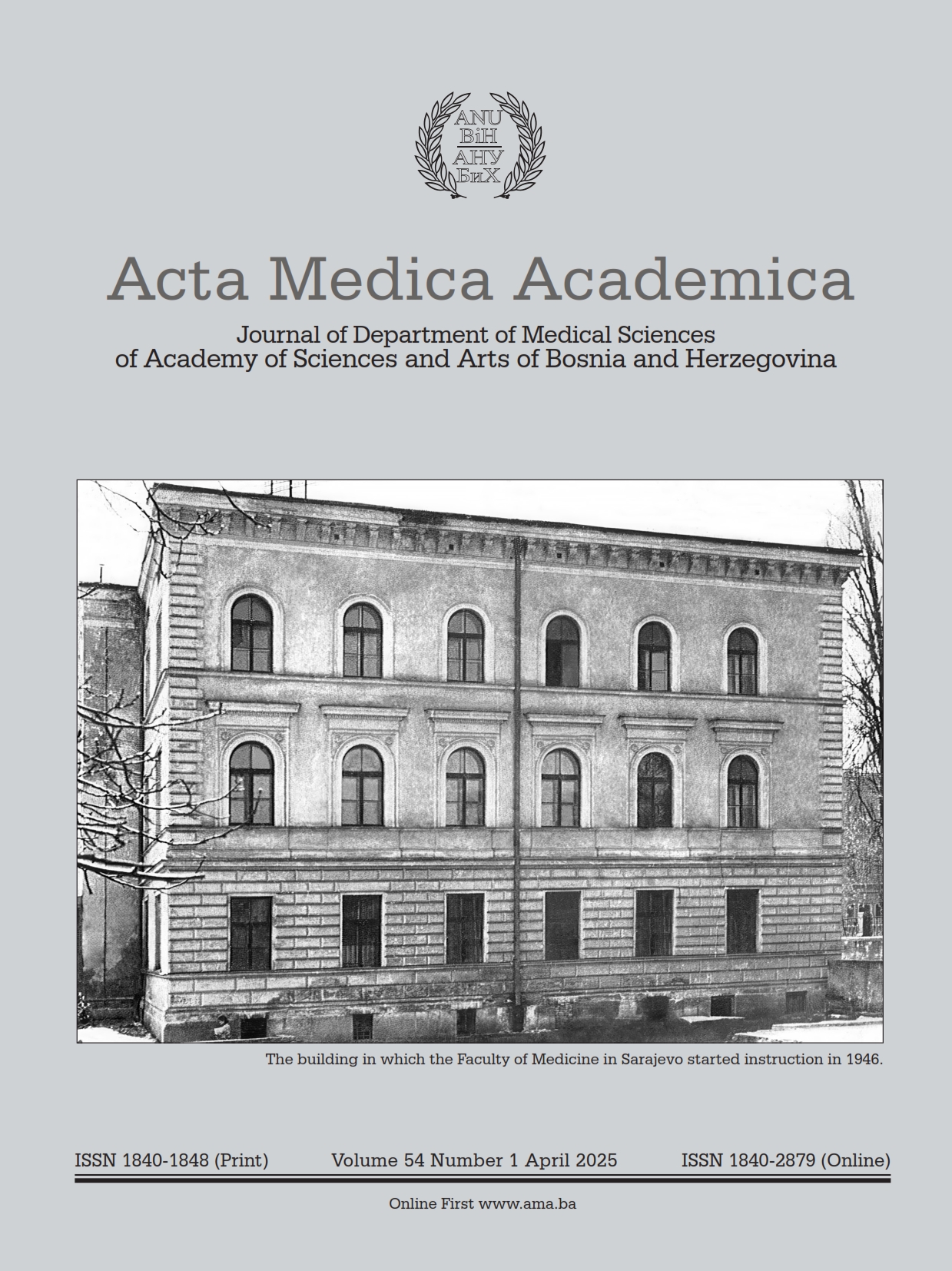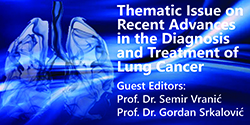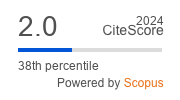Genetic Analysis of Osteosarcoma Cells in a 9-year-old Boy: Genes Involved in Cell Cycle Control
DOI:
https://doi.org/10.5644/ama2006-124.474Keywords:
Osteosarcoma, Regulation, Genes, Mutation, TumorigenesisAbstract
Objective. This study describes mutations of genes that stimulate and regulate cell growth, programmed cell death, DNA repair, and cell growth suppression in a boy with osteosarcoma.
Case Report. We report a case of bone sarcoma in a 9-year-old boy with possible familial predisposition. In our patient, only a subset of tumor cells expressed the ATRX protein, which is known to control the expression of several genome regions. The function of the p53 protein, which acts as a transcription factor that regulates the DNA damage repair response, cell cycle progression, and apoptosis pathways, is lost in 40-50% of malignant cells. Retinoblastoma was positive in the predominant subset of tumor cells. Deletion is found on chromosome 9, cytoband 9p21.3, where the genes for CDKN2A and CDKN2B are located. Neoplastic cells were SATB2-positive in a substantial subset, with nu- clear staining. The SATB2 protein is a DNA-binding protein involved in transcriptional regulation and chromatin remodeling. Chromosomal losses of 8p and 19q11-q13.43 were also found. These regions contain several tumor suppressor genes, including NKX3.1, whose reduced expression correlates with 8p loss in high-grade tumors. Although there was no known cancer syn- drome in the family, the maternal grandfather had a similar tumor requiring amputation.
Conclusion. Chromosomal instability is a hallmark of osteosarcoma and is characterized by heterogeneous and extensive genetic complexity. Various numerical and structural genomic rearrangements have been described in cancer cells. However, there is little consistent genetic change to understand the etiopathogenesis of this aggressive tumor.
Downloads
Published
License
Copyright (c) 2024 Dragan Jovanovic, Alwajih Tariq, Sara Dlugos

This work is licensed under a Creative Commons Attribution 4.0 International License.






